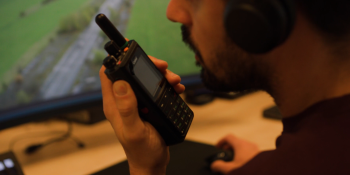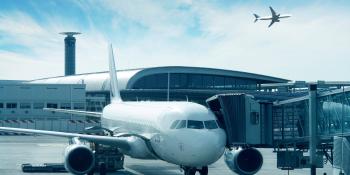Latest from Air Traffic Management
In-depth analysis of the big issues impacting Governments, Authorities, Airlines and ANSPS.
SkeyDrone Operates Automated BVLOS Drone Flight At DronePort
SkeyDrone Operates First Automated BVLOS Drone Flight At DronePort For Remote Perimeter Inspection
ENAIRE allocates nearly 5 million euros to improve voice communications systems
ENAIRE allocates nearly 5 million euros to improve the efficiency of technical operational processes in its voice communications systems
Indra modernises the ground surveillance system at Paris Charles De Gaulle Airport
Indra modernises the ground surveillance system at Paris Charles De Gaulle Airport ahead of the Olympics to improve its operations
ADW24: InterUSS Platform Debuts Regulatory & Standards Body Advisory Council
InterUSS Platform Debuts Regulatory & Standards Body Advisory Council to Shape Open-Source Interoperability Tools
ANRA Announces Enhanced U-Space Services Simulation and Modeling
ANRA Technologies Announces Enhanced U-Space Services with Advanced Simulation and Modeling Capabilities









